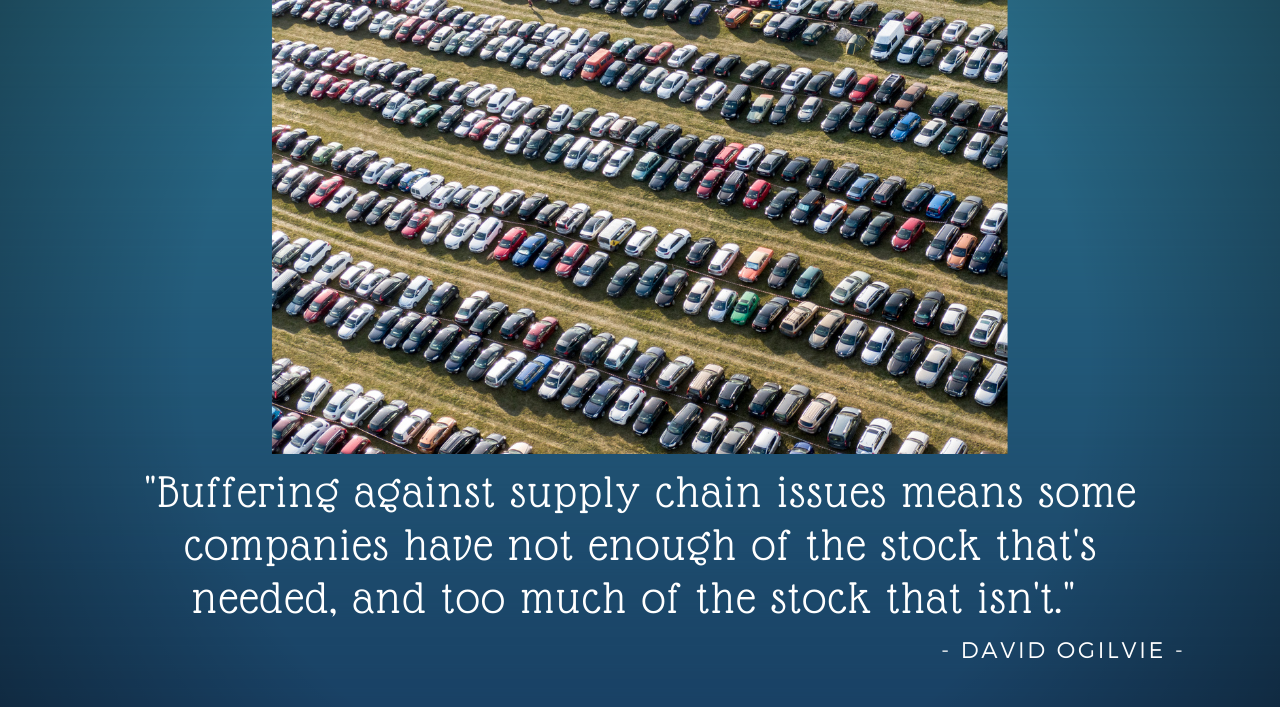
Zombie Business Apocalypse Has Begun
This was the dramatic headline of an article in last weekend’s Australian Financial Review. It was an article by Christopher Joye primarily on the demise of Silicon Valley Bank (SVB). In it he described the following:
- Increasing interest rate rises are fuelling a default cycle.
- The often-forgotten mission of monetary policy tightening is: “to destroy demand and, ipso facto, kill off weak businesses”.
- That one of the most fragile sectors was crypto and it was the first to fall.
- How “the biggest increase in interest rates in modern history is unearthing hidden cracks in our financial architecture that were papered over by the low-for-too-long rates world”.
- How SVB was “a conventional bank that had dedicated itself to exclusively servicing just one industry sector and one geographical location”. It had moved away from a conventional funding model to one where “most deposits came from tech companies and the venture funds financing them and most of its loans went back to those same firms and investment vehicles.”
- This shift from convention found itself in a position where all its “debt securities were fixed rate rather than floating rate, with an average maturity of 6.2 years, which exposed SVB to profound interest rate risks. Remarkably SVB did no hedging at all.”
- SVB had successfully lobbied to avoid strict liquidity and capitalisation rules that applied to larger banks.
In my opinion, there are close similarities to SVB’s case for regular businesses not in the banking industry. Where they deviated from the fundamentals of the banking industry, in a similar way many executives have deviated away from some fundamentals of managing their businesses in recent times. This deviation has been influenced by:
- The low-interest rate period has meant the cost of capital has been cheap and the cost of holding inventory has not been something to be seriously worried about. This is despite the cost of money only being one of many constituent components to the cost of holding inventory.
- The fact Australia has not had a recession in 32 years, which means a few generations of managers have not experienced what it takes to manage a business in difficult times. This has allowed a level of complacency to creep into the economic and management landscapes. Many have been looking for the next big thing, the next technology breakthrough to provide a new competitive advantage, rather than focusing on those operational matters that make or break your service offering.
Take their approach to inventory management as an example. The recent supply chain disruptions have highlighted a lack of understanding of and poor application of JIT (Just In Time) inventory management in the executive ranks – something I have written about previously, so see my previous blog posts here:
So, when disruptions hit, the case was strong to just buy enough inventory to provide comfort or buffer the business against shortages and delays in the supply chain. It didn’t matter how much you bought, as long as we got comfort against the volatility. The cost of that comfort is now starting to appear as balance sheets are bloated with inventory that may not add value and has a high potential of being written off, and the cost of money is increasing.
Companies are now finding they have the classic inventory issue: not enough of the stock that’s needed and too much of the stock that is not. My fellow supply chain associates from SAC and I are about to release a new podcast on the importance of returning to fundamentals. In this looming recession, it is my firm belief that the best thing executives can do now is to focus on getting the fundamentals of their business right. Fundamentals like:
- Closely manage your cash and manage how capital is deployed, especially inventory. You can improve your inventory management practices by focusing on four things:
- Inventory accuracy – get your inventory cycle counting regimen working by conducting some counting every day.
- Review all your procurement configuration settings and review your procurement practices to help achieve high inventory turns.
- Measure and then manage inventory turns. Measure by individual SKU.
- Measure your demand forecasting accuracy. If you are not forecasting, then start.
- Understand your “cost to serve” for each customer. Clearly understand which customers are profitable and which are not. In difficult times there will be nothing more satisfying than sending your unprofitable customers to your competitor and helping them go broke quicker.
- Tightly control expenses. Now is the time to control your prodigal spending. While investing in productive assets is not considered an extravagance, there is in fact evidence to suggest that difficult times are the time to invest in productive assets. You have the time to undertake these projects.
- Formally reviewing the business and making a judgement on how it is operating. My supply chain and technology audit services have been in higher demand of late for this very purpose. The result of the audit outlines where inventory can be improved, where more productive use of your existing technology investment can assist and identifies what your real cost to serve is.
Christopher Joye believes the zombie apocalypse is here and there will be some carnage coming for weak businesses. Let’s do what we can to ensure you are not one of them.
If you are thinking about starting your ERP replacement journey, please reach out and book a virtual coffee, where we can have a confidential chat about how to start your journey on the right foot. Many irreversible mistakes are made at the very beginning. Let me help you avoid them at the outset.